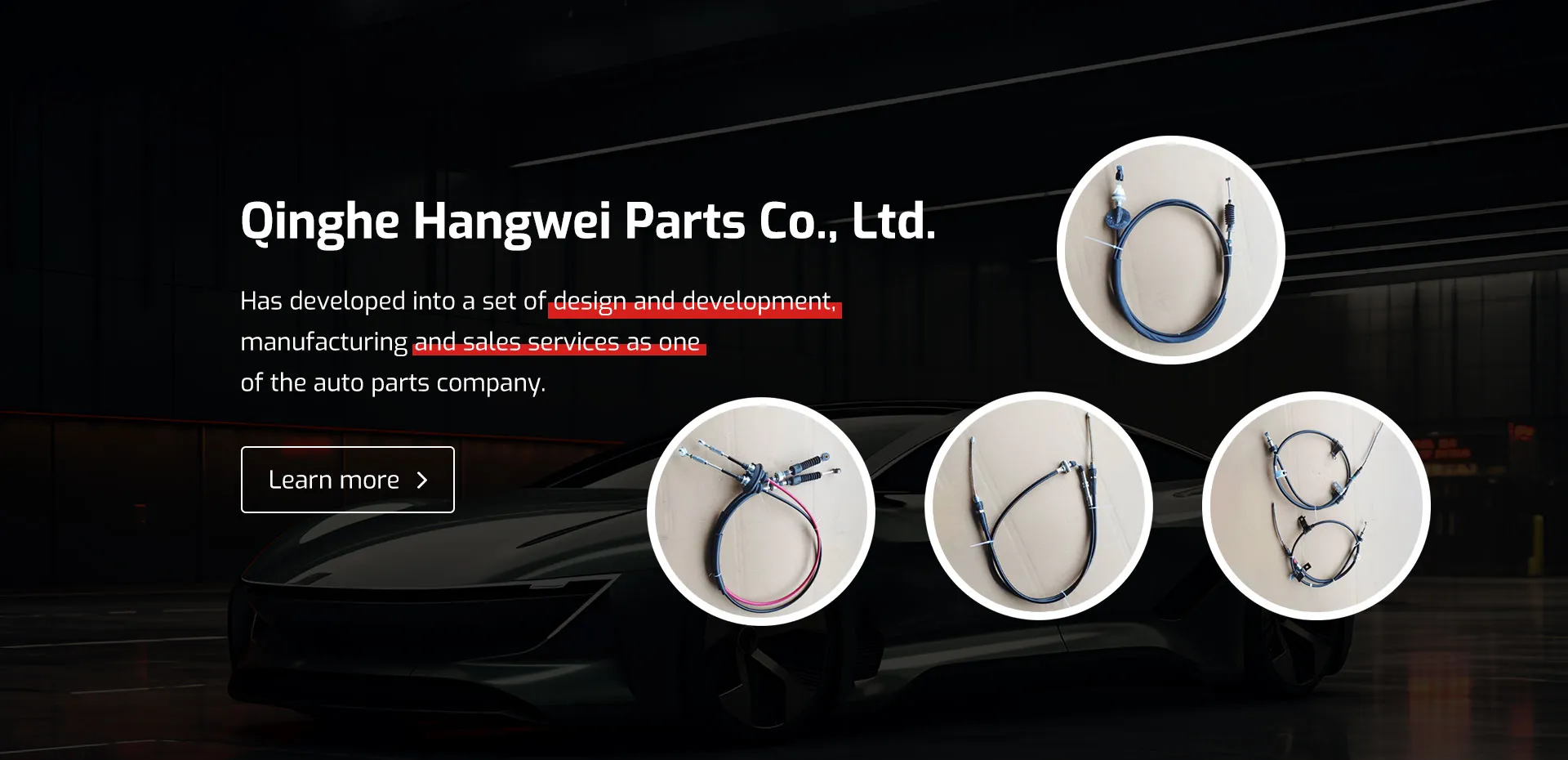Understanding the Function and Adjustment of Carburetor Control Cables in Vehicles
Understanding the Carburetor Cable Importance and Maintenance
The carburetor cable is a vital component in many internal combustion engines, particularly those found in motorcycles, lawnmowers, and classic cars. Its primary function is to connect the throttle control (usually located on the handlebar or the driver's console) to the carburetor, enabling the operator to adjust the engine's power and speed by regulating the air-fuel mixture. Understanding the role of the carburetor cable and maintaining it properly can significantly enhance engine performance and vehicle longevity.
The Function of the Carburetor Cable
The carburetor functions as a device that mixes air and fuel in the correct ratios to ensure optimal combustion. The carburetor cable plays a crucial role in this process by allowing the operator to open or close the throttle valve in the carburetor. When the throttle is opened, more air and fuel enter the engine, leading to increased power output. Conversely, when the throttle is closed, less fuel is delivered, reducing the engine speed.
This cable is typically made of durable materials, including a flexible outer sheath and a sturdy inner wire. Its design allows it to withstand the repeated motions and mechanical stresses encountered during operation. Properly functioning carburetor cables are essential not only for performance but also for safety; a stuck throttle can result in dangerous driving conditions.
Symptoms of a Failing Carburetor Cable
Over time, like any mechanical component, the carburetor cable can wear out or succumb to damage. Operators should be attentive to several warning signs that may indicate the need for maintenance or replacement
carburetor cable

1. Sticky Throttle If the throttle feels difficult to engage or disengage, it may indicate that the cable is frayed or binding, causing poor response. 2. Unresponsive Throttle In severe cases, the throttle may become completely unresponsive, which can prevent the engine from accelerating. 3. Excessive Play If there is excessive slack in the cable, it could mean that it is either stretched or improperly adjusted, leading to inefficient performance. 4. Visible Damage Inspecting the cable for signs of fraying, corrosion, or kinks can help identify potential issues before they lead to a failure.
Maintenance and Replacement
Maintaining the carburetor cable is relatively straightforward and involves minimal tools. Regular inspections should include checking the cable's surface for wear, ensuring that it moves freely within its sheath, and verifying that the connections at both ends are secure.
If any issues are identified, the cable might need to be lubricated. A cable lubricant can help reduce friction and improve performance. Simply apply the lubricant to the cable while holding the cable in its sheath, allowing it to coat the inner wire thoroughly.
In cases where the cable is significantly damaged or ineffective, replacement is necessary. Replacing the carburetor cable can involve detaching it from the throttle control and the carburetor itself. It's crucial to choose a high-quality replacement cable tailored to your specific engine model for proper fit and function. After installation, adjustments may be needed to ensure the throttle operates smoothly and responsively.
Conclusion
The carburetor cable is a critical component influencing the performance and reliability of internal combustion engines. By understanding its function, recognizing the signs of wear, and performing regular maintenance or timely replacements, operators can maintain their vehicles’ optimal performance. Regular attention to the carburetor cable not only enhances acceleration and power output but also plays a crucial role in ensuring safety on the road or in the garden. Always consult your vehicle’s manual or a professional mechanic when in doubt about cable maintenance or replacements.
-
Upgrade Your Vehicle with High-Quality Handbrake CablesNewsNov.01,2024
-
Optimize Your Bike's Performance with Quality CablesNewsNov.01,2024
-
Enhance Your Vehicle's Performance with Quality Clutch ComponentsNewsNov.01,2024
-
Elevate Your Vehicle's Performance with Quality Throttle CablesNewsNov.01,2024
-
Elevate Your Vehicle's Performance with Quality CablesNewsNov.01,2024
-
Affordable Solutions for Your Cable NeedsNewsNov.01,2024
